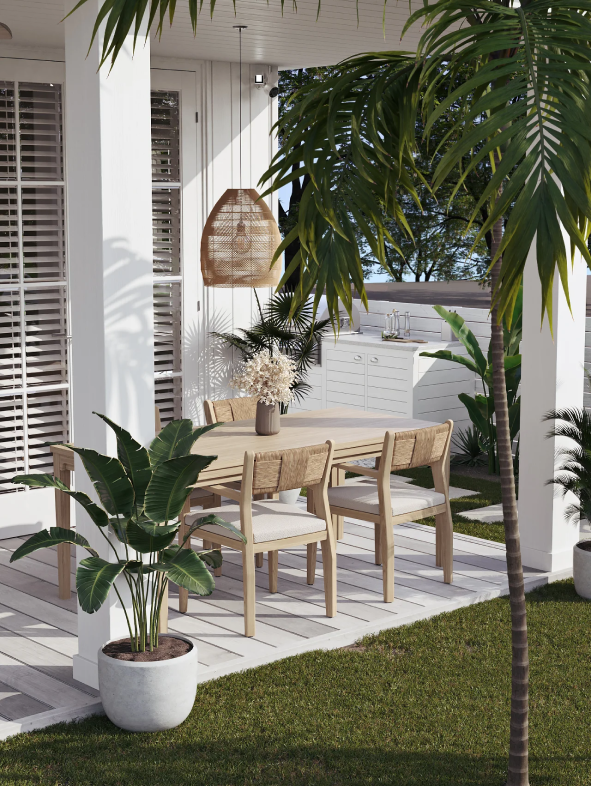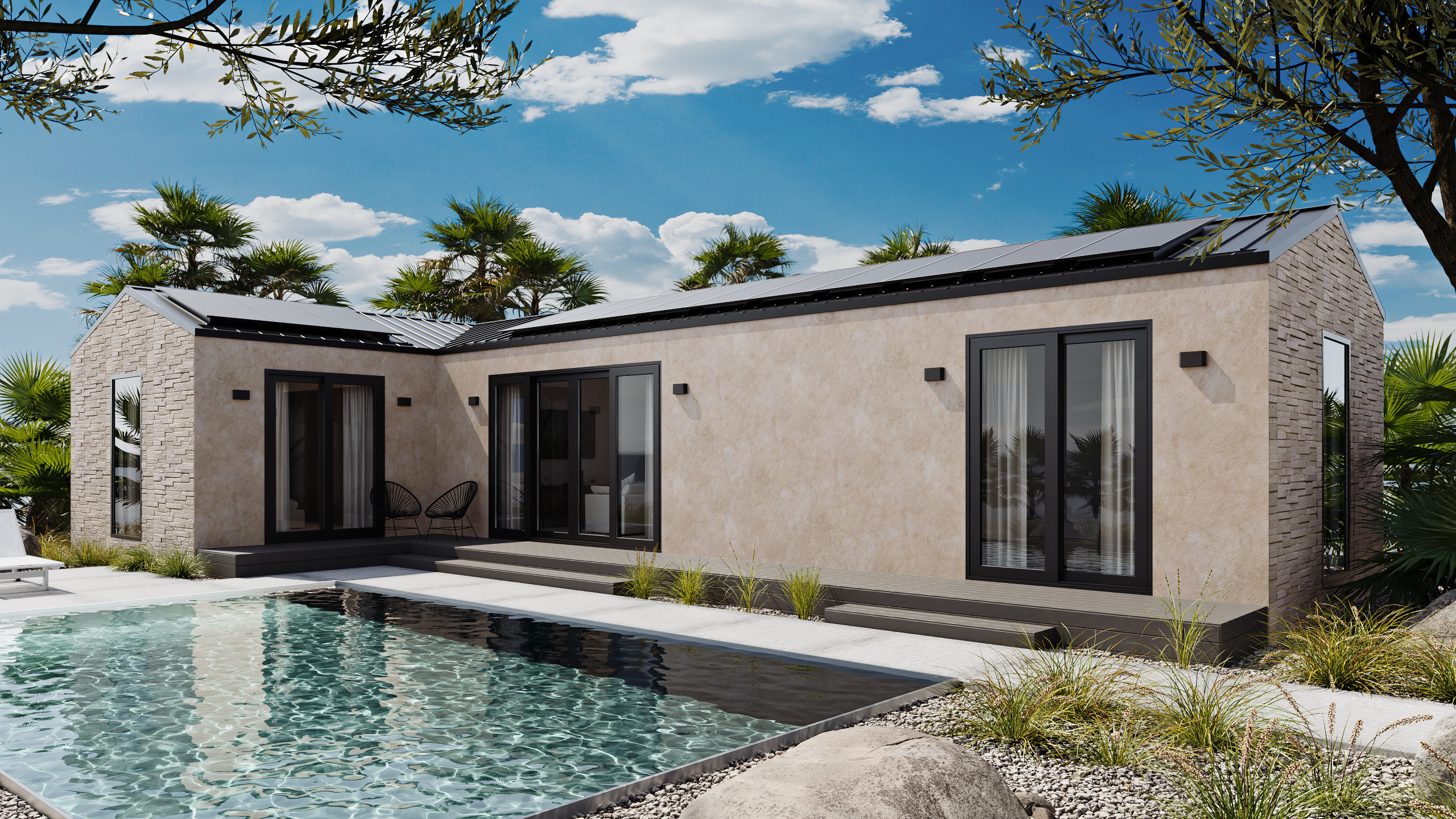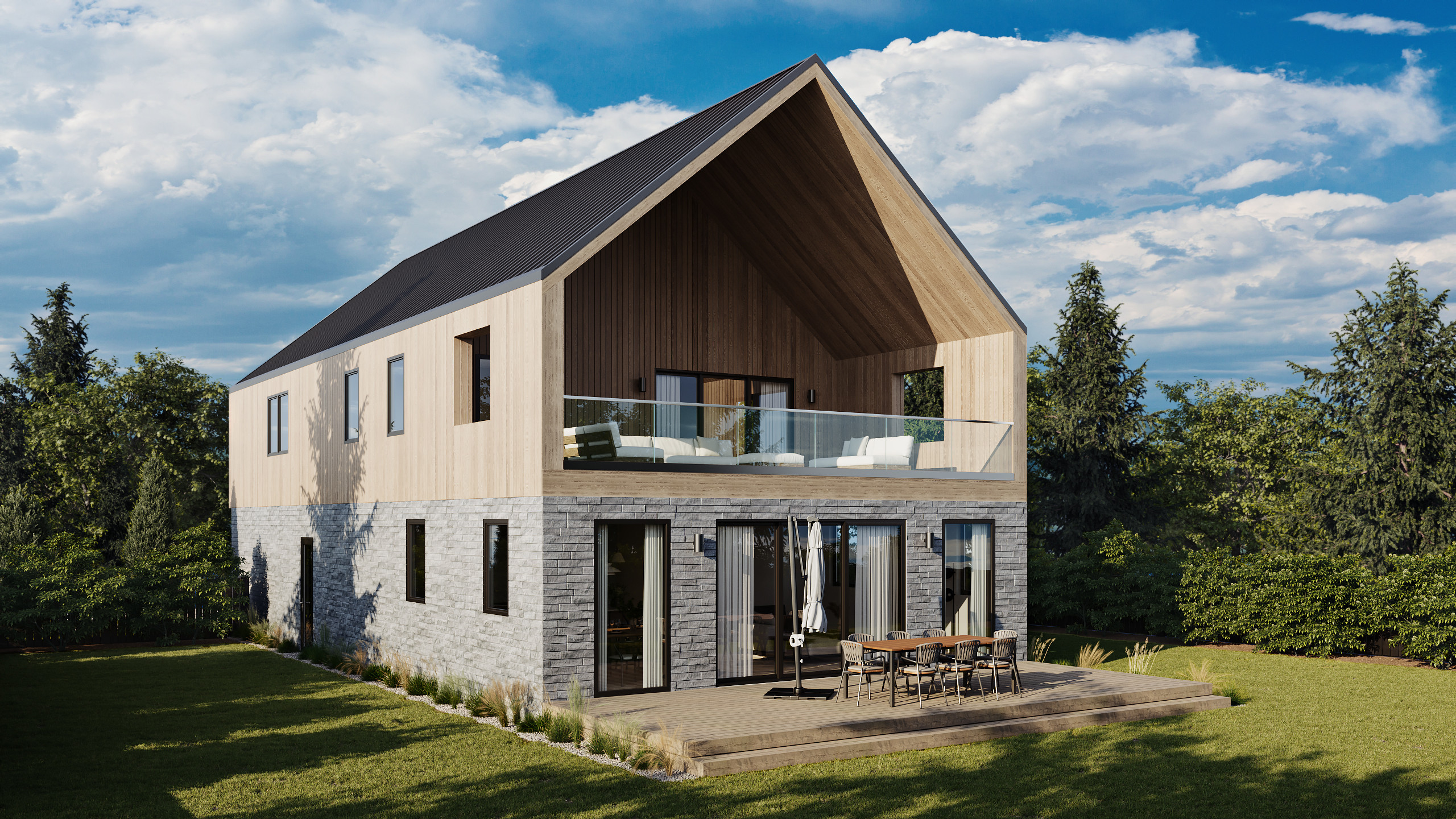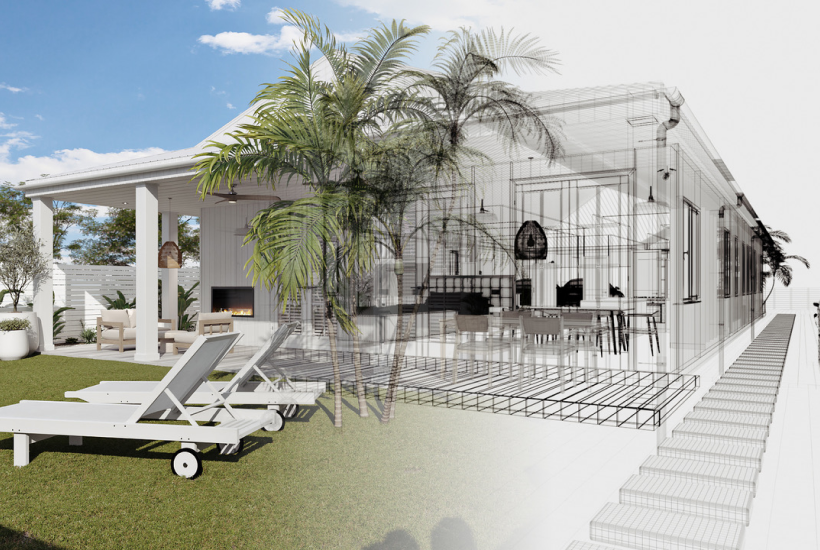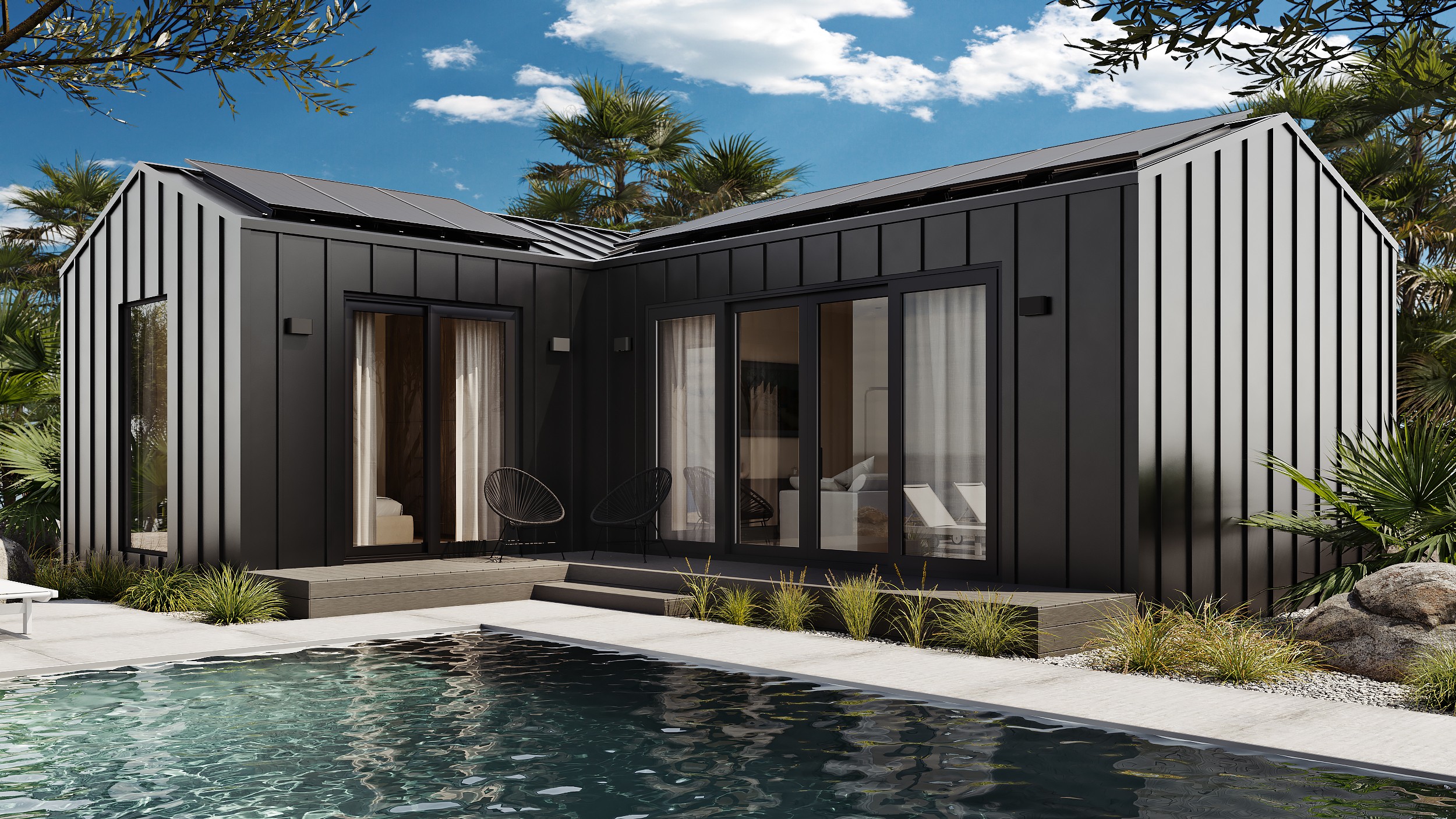Get off the grid—the promise of microgrids
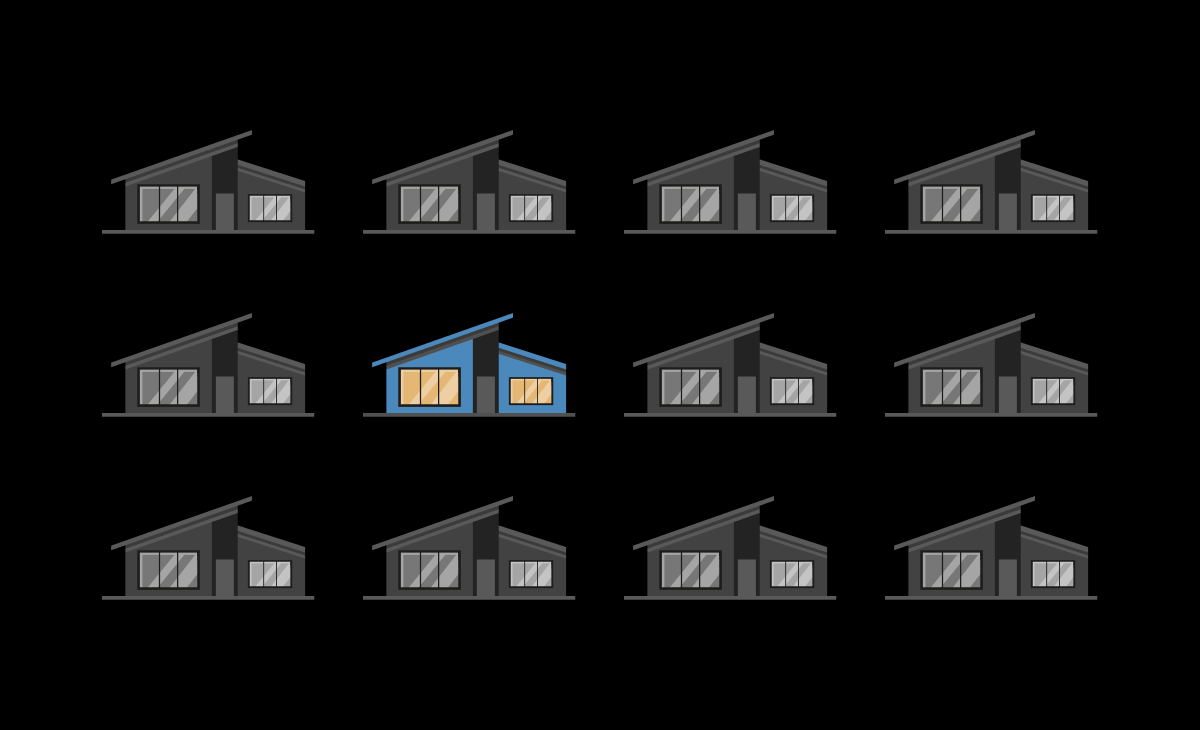
Some things—like wine, denim, or friendship—get better with age.
Infrastructure, not so much.
Today, over 70% of the nation’s power grid is more than 25 years old, an aging system increasingly vulnerable to climate change effects. Between 2000 and 2021, 83% of power outages were caused by extreme weather events.
You already know that people are turning to alternatives, including renewable energy sources like solar.
Another solution comes in the form of microgrids.
What is a microgrid?
A self-contained electrical network, microgrids allow you to generate your own electricity onsite to use when it’s needed most, like during power outages.
This is a completely different approach to electricity than your typical utility grid. The grid uses an (aging) centralized power plant to generate electricity, then distributes it along miles and miles of (aging) transmission lines.
To generate electricity, microgrids often combine backup diesel generators with renewable integration like solar panels, and use batteries to store the electricity.
Typically you can operate a microgrid while it’s connected to the grid, or in a disconnected “island” mode. This is super helpful when the grid goes down, or when rates go way up during peak hours.
Depending on the specific microgrid-utility grid arrangement, you might even be able to sell your surplus energy back to the grid.
Microgrids are still rare, but growing in popularity, with organizations like the U.S. Department of Electricity investing money into its future. By 2035, they say:
Microgrids are envisioned to be essential building blocks of the future electricity delivery system to support resilience, decarbonization, and affordability.
Who uses microgrids?
The growing list of current microgrid customers include municipal governments, hospitals, university research labs, corporate data centers, and military bases.
Right now, microgrids are used by organizations to:
– Access reliable energy
– Cut their carbon footprint
– Reduce costs and increase energy resiliency
Utilities themselves have taken notice, and are getting in on the microgrid game, too.
More than 60% of utility leaders say they have deployed or are currently working to deploy a microgrid (probably to yank back control over the profits, but that’s for another blog).
What’s the future of microgrids?
Why are we sharing this info with you? Well, microgrids are coming to homeowners, too.
Residential microgrids are now the fastest growing sector, beginning to displace retail microgrids in use.
In southern California, KB Homes is building two communities totaling 219 homes, that will be connected to a central microgrid.
If the utility grid goes down, the community microgrid will isolate the two communities from the grid and provide power to keep essential functions running. The homes will first draw from their own individual batteries, then from the community battery.
The New York Times recently profiled the Heron’s Nest, another community of 31 homes that is North Carolina’s first residential microgrid development. The residents will benefit from revenue that is either diverted back to the local utility or passed along as dividends.
During Hurricane Fiona in 2022, home microgrids helped out. 45 residential microgrids in Puerto Rico, previously installed by Caribbean initiatives at Environmental Defense Fund (EDF), went into full backup mode on Fiona’s approach.
Beyond supplying the homes’ residents with power at a critical time, their microgrids have turned into resiliency hubs for other homes.
Neighbors have been able to visit the microgrid users (who are low- to moderate-income, single parents, and the elderly) to plug in phones and meet their healthcare needs.
We see a future filled with stories and communities like these, and are building our homes to thrive in that future, too.
Cheers,
Mike
Mike McAllister is head of story for Momo Homes.
Track the global transition to sustainable homebuilding.
Subscribe to the Momo Focus newsletter.
